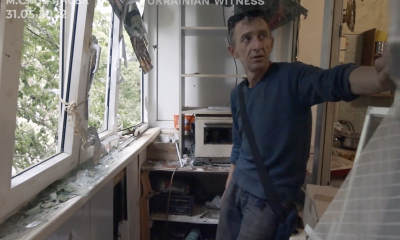The 1900s brought innovations, traditions, and cultural staples that have disappeared over time. While progress often means leaving outdated practices behind, some things were abandoned too soon. Many of these forgotten trends offered practical benefits, deeper social connections, or timeless charm. Here are 23 things we left behind in the 1900s that we should absolutely regret.
Handwritten Letters

Shutterstock
Handwritten letters were once a cherished way to communicate, offering a personal touch and lasting keepsakes. Today, digital communication has made handwritten notes rare. The loss of personal letters has reduced the sentimentality and emotional depth of written messages. Reviving letter writing could bring back a sense of thoughtfulness in modern communication.
Vinyl Records
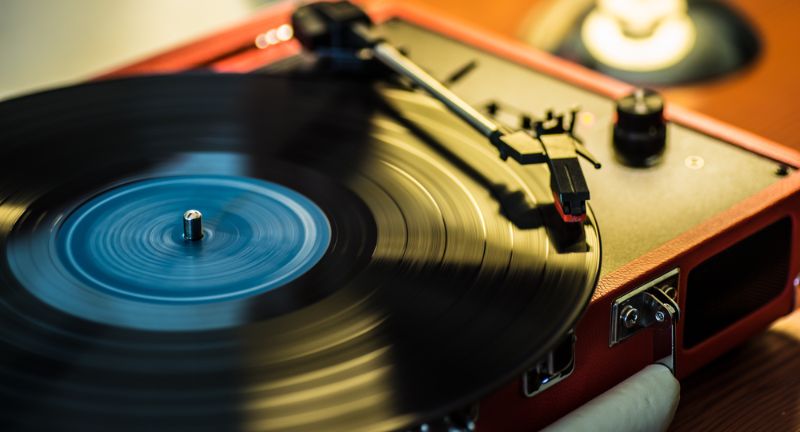
Shutterstock
Vinyl records offered a rich, warm sound quality that many music lovers still crave. While they saw a decline with the rise of CDs and digital music, vinyl is making a modest comeback. The physical connection to music and album artwork provided a deeper listening experience. Some argue digital music lacks the authenticity vinyl once provided.
Community Dances

Shutterstock
Community dances were once a central part of social life, bringing neighbors together for fun and connection. As modern entertainment shifted to digital spaces, these gatherings became rare. The decline of in-person events has led to more social isolation. Reintroducing community dances could strengthen local bonds and reduce loneliness.
Locally-Owned Corner Stores

Shutterstock
Corner stores once served as community hubs where neighbors shopped and connected. The rise of big-box retailers and online shopping has caused many small shops to vanish. These stores provided personalized service and supported local economies. Reviving them could restore a sense of community and local business health.
Sunday Family Dinners
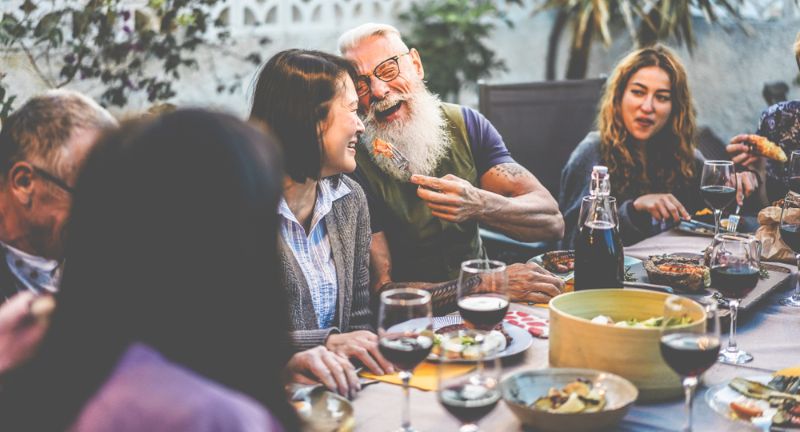
Shutterstock
Sunday family dinners were once a weekly tradition for bonding and sharing. The rise of busy lifestyles and digital distractions has made this rare. These gatherings fostered stronger relationships and provided opportunities for important conversations. Bringing back regular family meals could reconnect families in meaningful ways.
Library Card Catalogs

Shutterstock
Card catalogs were once the backbone of library organization. Though digital catalogs are more efficient, they lack the tactile, educational experience of using physical records. The simplicity of flipping through cards helped people understand information systems better. While impractical today, the nostalgia and craftsmanship of card catalogs remain unmatched.
Polaroid Cameras
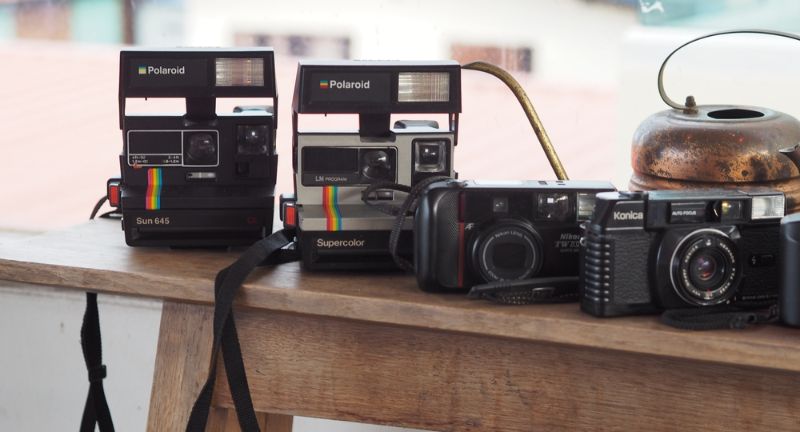
Shutterstock
Polaroid cameras offered instant memories you could hold in your hand. While digital photos provide convenience, they lack the charm of physical snapshots. The excitement of watching a photo develop in real time added a unique experience. Polaroids are making a small comeback, but they remain largely a nostalgic relic.
Handcrafted Furniture
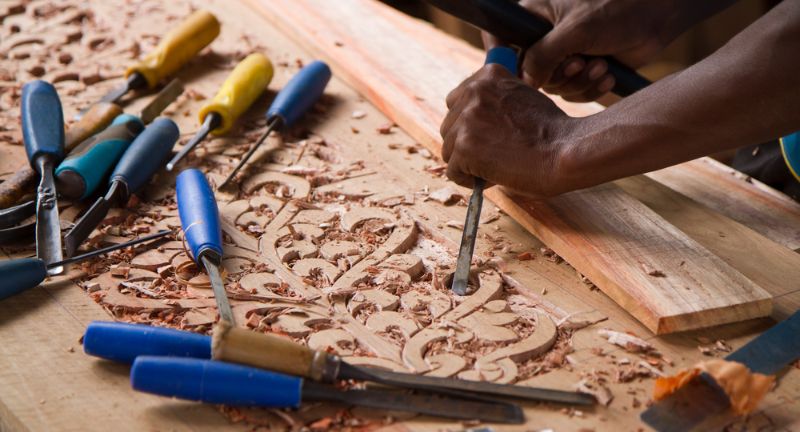
Shutterstock
Mass-produced furniture has largely replaced handcrafted pieces. While modern options are affordable, they often lack the durability and artistry of handmade work. Vintage craftsmanship reflected care and lasting quality. Reviving interest in hand-built furniture could promote sustainability and long-term value.
Public Fountain Pens

Shutterstock
Fountain pens were once standard writing instruments known for elegance and personal flair. Modern disposable pens are more convenient but lack the artistic touch of fountain writing. The resurgence of calligraphy has sparked renewed interest in fountain pens. They remain a beautiful example of functional design and craftsmanship.
Quality Tailoring Services
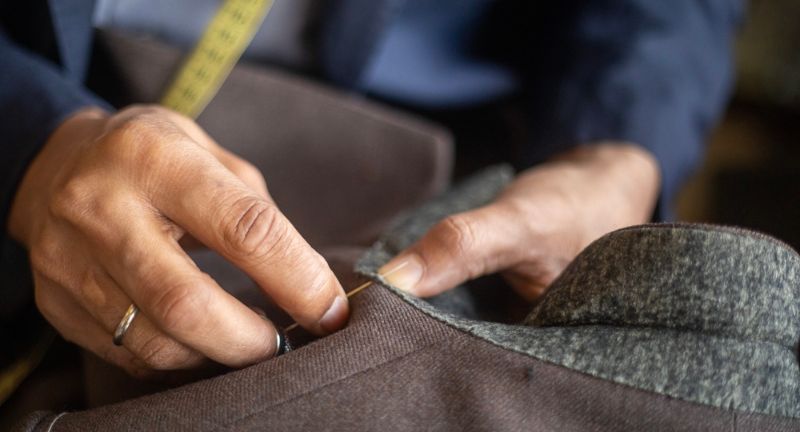
Shutterstock
In the 1900s, tailored clothing was the standard, ensuring better fits and durability. Mass production and fast fashion have largely replaced personalized tailoring. As a result, clothing often fits poorly and wears out faster. Reviving quality tailoring could promote better fashion sustainability and personal style.
Record Players and Turntables
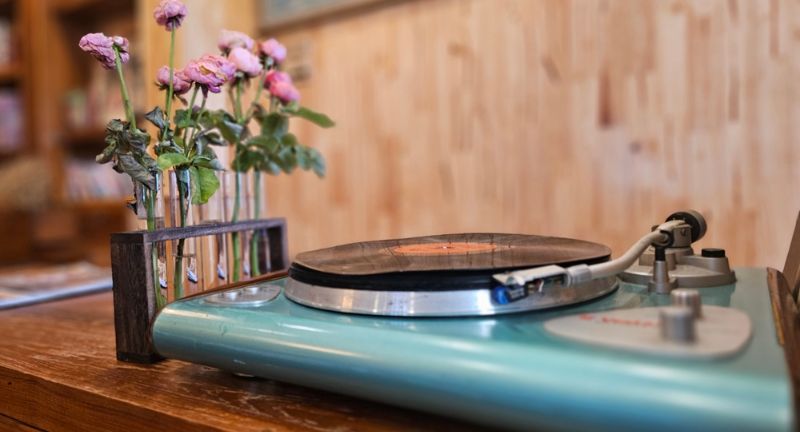
Shutterstock
Record players provided a tactile music experience with warm, rich sound. Though digital music is convenient, it often lacks the emotional depth of vinyl playback. The ritual of placing a record on a turntable offered a unique listening experience. Thankfully, vinyl has made a small but meaningful comeback among audiophiles.
Classic Board Games

Shutterstock
Board games like Monopoly, Scrabble, and Clue once served as family staples. Today, digital gaming has taken over, often reducing face-to-face interaction. Physical board games encouraged bonding, strategy, and creativity. Bringing them back can reconnect families and friends in a more personal way.
Gas Lamp Street Lighting
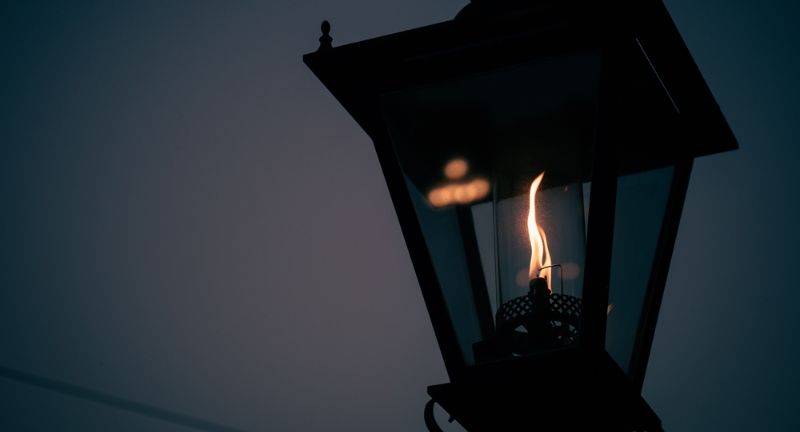
Shutterstock
Gas lamps once illuminated city streets with a warm, inviting glow. Electric lighting, while efficient, lacks the charm of these traditional fixtures. Some historic districts have restored gas lamps for their nostalgic ambiance. This blend of modern and vintage lighting offers both beauty and function.
Hardcover Bookbinding

Shutterstock
Hardcover books once symbolized quality literature and lasting craftsmanship. Modern paperback and e-books prioritize convenience over durability. Classic hardcover editions often featured beautiful, artistic covers and better paper quality. Reviving this standard could celebrate literature as an art form once more.
Train Travel Elegance
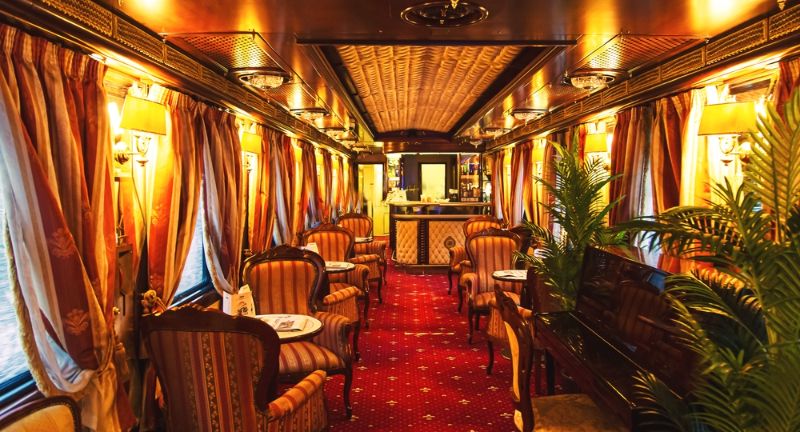
Shutterstock
Train travel in the early 1900s was a luxurious experience, complete with dining cars and elegant service. Modern rail travel often lacks the charm and comfort of its predecessor. Bringing back this elegance could make train travel more appealing and sustainable. Some historic rail lines have already revived this tradition for scenic tourism.
Neighborhood Watch Programs
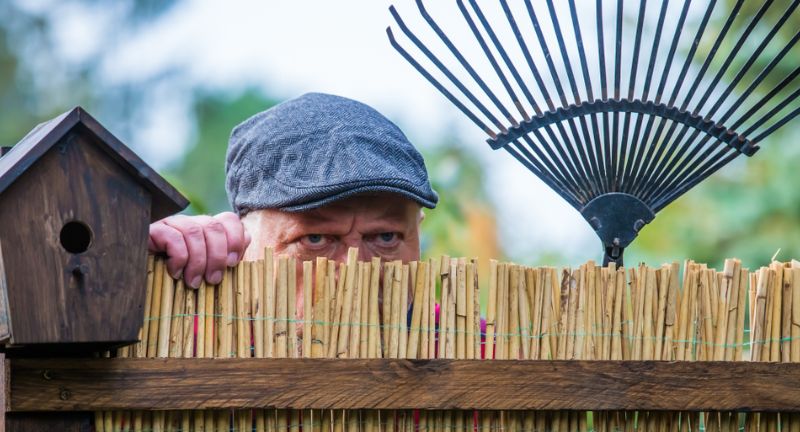
Shutterstock
Neighborhood watch programs fostered community safety and collaboration. As modern security systems have grown, personal connections within communities have declined. Reviving these programs can strengthen community trust while enhancing safety. A connected neighborhood often leads to a safer, friendlier environment.
Public Drinking Fountains

Shutterstock
Public drinking fountains were once a standard in parks and public spaces. Concerns over cleanliness and bottled water have made them rare today. However, they provided free, eco-friendly hydration for communities. Modernizing public fountains with better filtration systems could reduce plastic waste and benefit public health.
Drive-In Movie Theaters
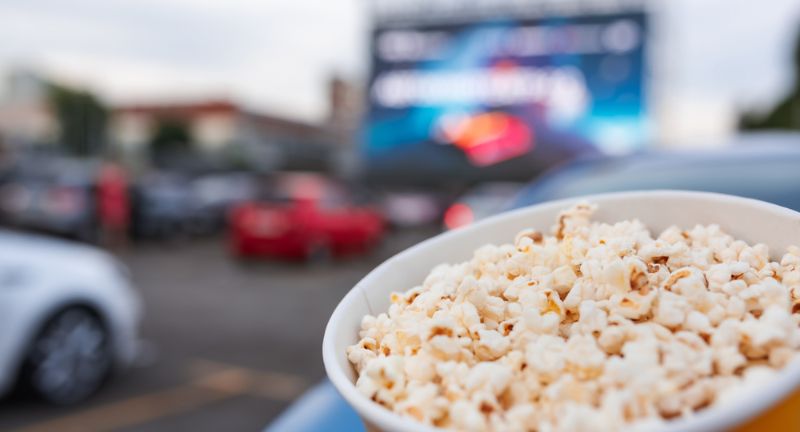
Shutterstock
Drive-in theaters once provided a unique movie experience for families and couples. As indoor multiplexes took over, drive-ins became rare. However, they offered social distancing benefits during the pandemic, sparking a small revival. Drive-ins combine nostalgia with entertainment, making them worth preserving.
Phone Books
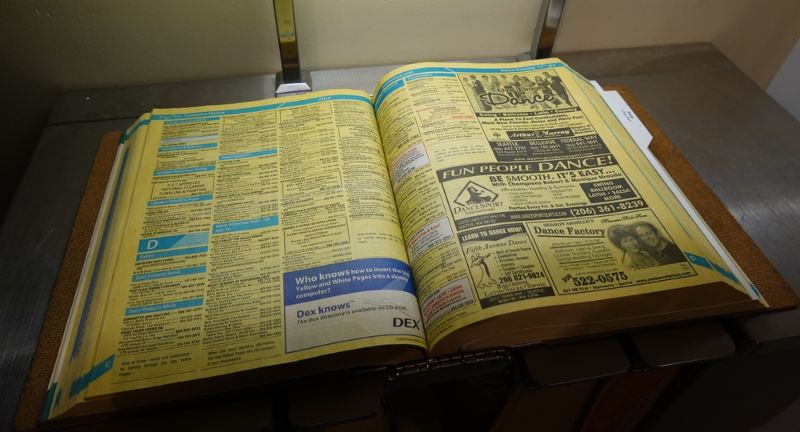
Shutterstock
Phone books once served as essential household tools for finding contact information. While online directories have taken over, they require internet access. Phone books provided offline reliability, especially for rural areas. Although outdated, they highlighted the importance of accessible information for everyone.
Town Squares
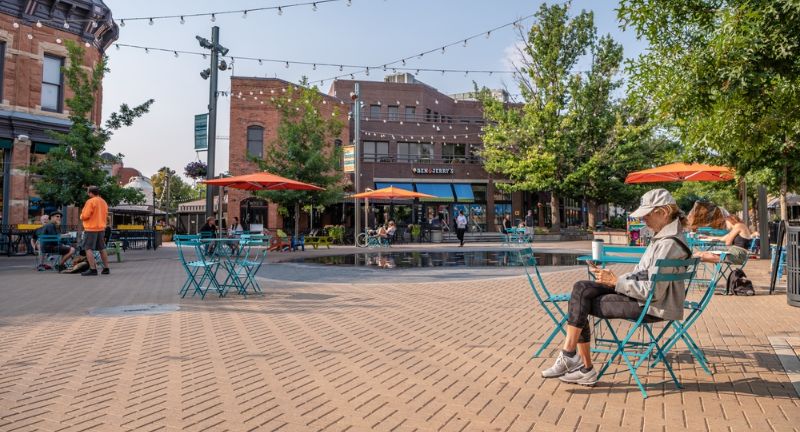
Shutterstock
Town squares were once the heart of community life, hosting markets, events, and celebrations. As urban development expanded, these shared spaces faded away. Reviving town squares could encourage social interaction and local commerce. Many small towns are now working to restore these historic gathering places.
Handwritten Recipe Cards
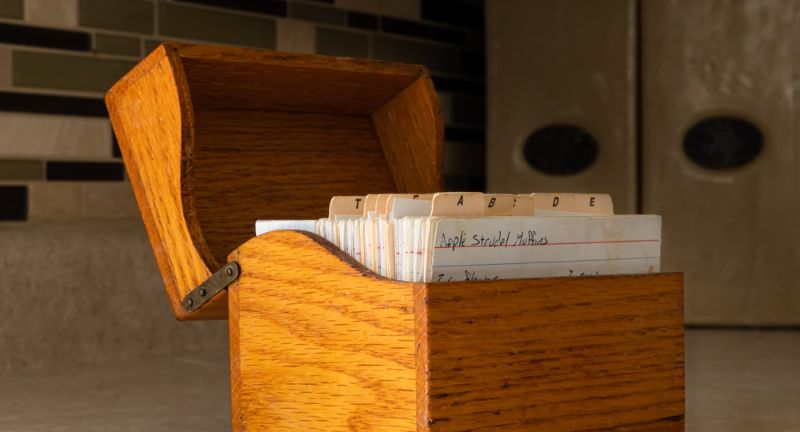
Shutterstock
Handwritten recipe cards were once a staple in family kitchens, passed down through generations. Digital recipe apps have made them nearly obsolete, but they lack sentimental value. A handwritten card carried personal history and culinary tradition. Bringing them back could preserve family legacies in a more meaningful way.
Classic Station Wagons
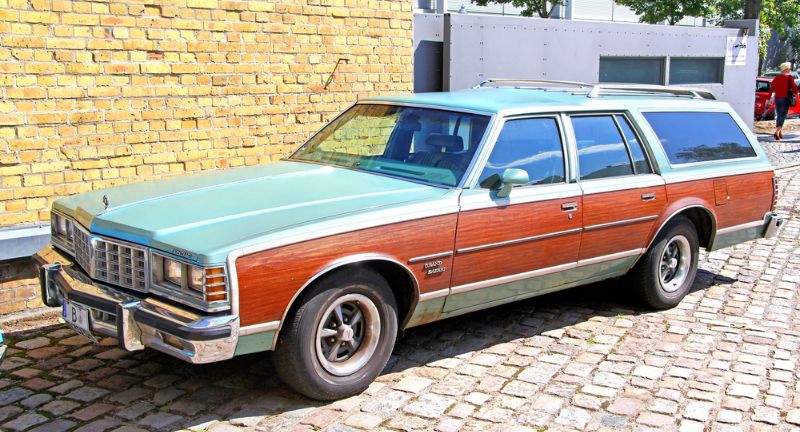
Shutterstock
The classic station wagon was a family staple, combining space with practicality. SUVs and minivans have largely replaced them, but they lack the charm of the station wagon. Station wagons provided a balance of style and utility. Some automakers have revived modern versions with updated features.
Apothecary Shops
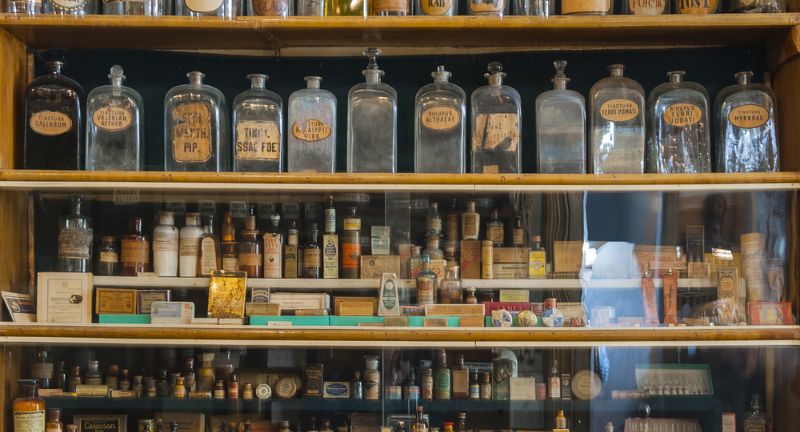
Shutterstock
Apothecary shops once offered personalized care and natural remedies. Modern pharmacies focus more on mass-produced medications, often losing the personal touch. Reviving small apothecaries could provide personalized health support alongside modern medicine. Some boutique pharmacies are bringing back this personalized service.
Conclusion
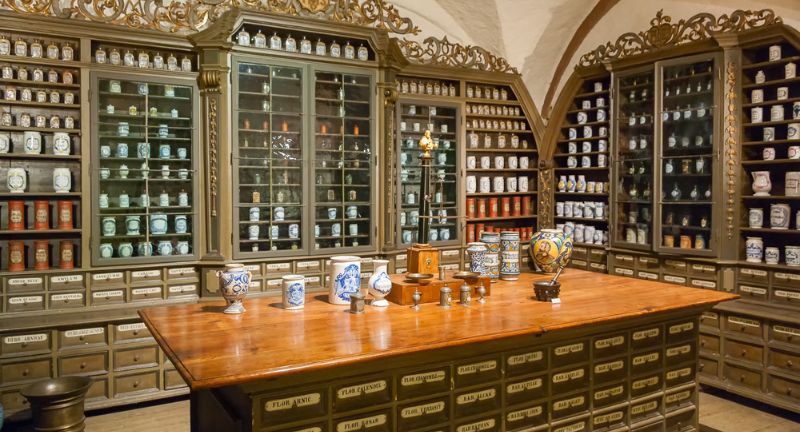
Shutterstock
While the 1900s saw immense progress, many valuable traditions and products were left behind. Some offered deeper personal connections, craftsmanship, and community engagement. Reintroducing these forgotten gems could bring meaningful change to modern life. Remembering the past can help shape a more connected and thoughtful future.














































